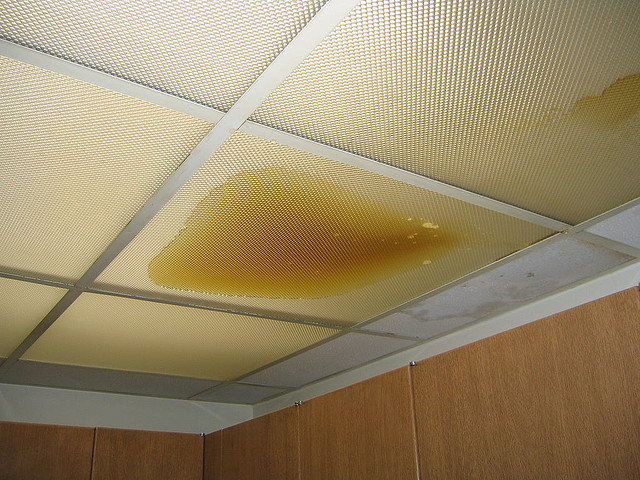6 Ways to Locate Concealed Water Leaks in Your Residence
6 Ways to Locate Concealed Water Leaks in Your Residence
Blog Article
Almost everyone is bound to have their own unique opinion about Locating water leaks.

Early detection of leaking water lines can mitigate a potential catastrophe. Some little water leakages might not be noticeable.
1. Analyze the Water Meter
Examining it is a proven way that assists you discover leaks. If it relocates, that indicates a fast-moving leakage. This suggests you may have a slow leakage that can even be below ground.
2. Inspect Water Consumption
Evaluate your water bills and also track your water intake. As the one paying it, you should see if there are any inconsistencies. If you spot sudden changes, in spite of your usage coinciding, it indicates that you have leakages in your plumbing system. Keep in mind, your water costs should fall under the same range monthly. An unexpected spike in your costs shows a fast-moving leakage.
Meanwhile, a consistent rise each month, despite the very same practices, shows you have a sluggish leak that's additionally slowly rising. Call a plumber to completely check your home, especially if you feel a cozy area on your floor with piping beneath.
3. Do a Food Coloring Examination
When it comes to water consumption, 30% comes from commodes. If the color in some way infiltrates your dish throughout that time without flushing, there's a leakage in between the storage tank and also bowl.
4. Asses Exterior Lines
Do not forget to check your outdoor water lines also. Test faucets by attaching a garden pipe. Must water seep out of the connection, you have a loose rubber gasket. Replace this and ensure all connections are limited. It will help obtain it skillfully analyzed and also kept annually if you've obtained a lawn sprinkler system. One small leakage can throw away tons of water and spike your water costs.
5. Assess the situation and also inspect
House owners need to make it a behavior to examine under the sink counters and also also inside closets for any kind of bad odor or mold and mildew development. These 2 warnings indicate a leakage so timely attention is called for. Doing routine inspections, even bi-annually, can save you from a major issue.
Examine for discolorations and compromising as the majority of pipes and also appliances have a life expectations. If you believe leaking water lines in your plumbing system, don't wait for it to escalate.
Early detection of leaking water lines can alleviate a potential disaster. Some tiny water leakages may not be noticeable. Inspecting it is a surefire way that helps you uncover leakages. One tiny leak can waste bunches of water and also surge your water expense.
If you presume leaking water lines in your plumbing system, don't wait for it to escalate.
WARNING SIGNS OF WATER LEAKAGE BEHIND THE WALL
PERSISTENT MUSTY ODORS
As water slowly drips from a leaky pipe inside the wall, flooring and sheetrock stay damp and develop an odor similar to wet cardboard. It generates a musty smell that can help you find hidden leaks.
MOLD IN UNUSUAL AREAS
Mold usually grows in wet areas like kitchens, baths and laundry rooms. If you spot the stuff on walls or baseboards in other rooms of the house, it’s a good indicator of undetected water leaks.
STAINS THAT GROW
When mold thrives around a leaky pipe, it sometimes takes hold on the inside surface of the affected wall. A growing stain on otherwise clean sheetrock is often your sign of a hidden plumbing problem.
PEELING OR BUBBLING WALLPAPER / PAINT
This clue is easy to miss in rooms that don’t get much use. When you see wallpaper separating along seams or paint bubbling or flaking off the wall, blame sheetrock that stays wet because of an undetected leak.
BUCKLED CEILINGS AND STAINED FLOORS
If ceilings or floors in bathrooms, kitchens or laundry areas develop structural problems, don’t rule out constant damp inside the walls. Wet sheetrock can affect adjacent framing, flooring and ceilings.
https://www.servicemasterbyzaba.com/blog/how-to-detect-water-leakage-in-walls/

As an enthusiastic reader about Detecting hidden plumbing leaks, I thought sharing that excerpt was a great idea. Sharing is caring. Helping others is fun. Thanks for your time invested reading it.
Report this page